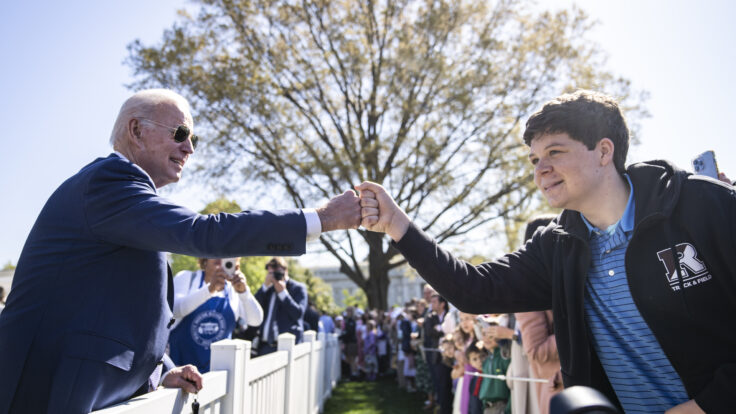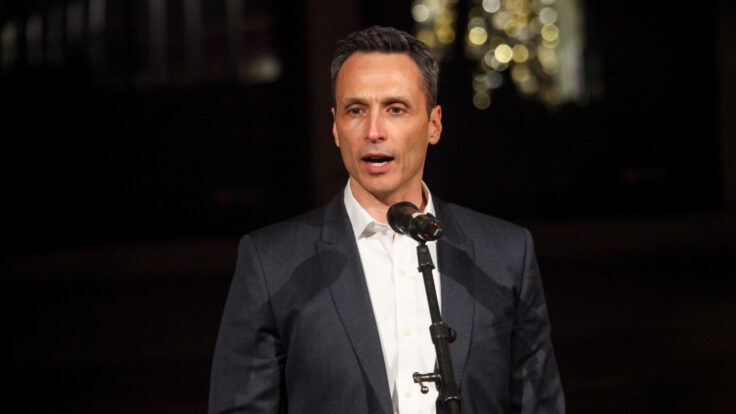Unlike most people who get into the media
business, I didn’t start out in a newsroom or the mailroom; I wasn’t a producer’s aide, or an ad planner or marketing intern. Instead, I was a glorified manservant at golden-age-era Vanity Fair—at one point, an assistant to an assistant whose responsibilities included fetching Pluck U Chicken when the junior editors had hangovers; more than occasionally retrieving an executive’s dress from Madame Paulette dry cleaners in Midtown; ordering Christopher Hitchens scotch for
his birthday (and Dominick Dunne flowers on his); and taking the A train to Canal Street to burn For Your Consideration DVDs of Oscar-contending movies, distributed by the studios in advance of the Academy Awards.
In those days, of course, the biological clock of the joint revolved around the Oscars. My boss, the legendary editor Graydon
Carter, threw the party of the year around the annual ceremony. His was such a coveted invite that the events team would blow out a wall at Morton’s on Melrose to build a veritable banquet hall atop the parking lot to fit everyone. Meanwhile, guests were invited to enter during specific time windows, both to avoid overcrowding—L.A. county officials were consulted during the planning, of course—but also to subtly reflect their status. The real swells, like Geffen and
Mick Jagger, might arrive to watch the award show at dinner. The riffraff was allowed in after midnight. Sara Marks, whom some of us half-joked would have been equipped to lead Operation Iraqi Freedom, manned the guest list from the chauffeur drop-off. Crashers, and Courtney Love, were bounced.
All these decades later, Oscar weekend remains my Proustian
madeleine. Of course, the industry has changed profoundly in the intervening years as streaming, cord-cutting, the rise of the trillion-dollar tech platforms and other secular forces have reshaped how audiences consume movies. I remember walking through the VF party back in 2005 when Million Dollar Baby, the definitionally monocultural $200 million grosser starring Hilary Swank and directed by the great Clint Eastwood, won best picture. Ever
since, as our culture has balkanized, Oscar favorites have become increasingly niche-ified. It’s just the way media works these days.
In his latest piece, my partner Matt Belloni offers an incredibly insightful analysis of one of the latent factors in the transformation—a growing split between what American moviegoers watch on the big screen and the films that take home gold
statuettes. During the past decade, as the Academy rightly attempted to diversify its ranks, around 40 percent of the new invites went to members outside the U.S. And while this sort of cosmopolitanism was overdue, in some respects, it also shaped the Academy’s taste, thereby impacting which movies got nominated and eventually won awards. “This isn’t an artistic point, or even a complaint about the ‘qualifications’ of these international invites,” Matt noted astutely. “But when voters have no
connection to the Hollywood film industry—or, in some cases, even an interest in the kinds of movies that are shown in U.S. theaters—how can the Academy expect them to nominate movies that appeal to the American audience that consumes mostly Hollywood films and might want to watch the Oscars on a Sunday night?” Matt offers a fascinating depiction of the dynamic in The
Academy Did This to Itself.
Tastes do change, of course. (Although, I have to say, for some reason I recently found myself rewatching Hannah and Her Sisters, a 1987 best picture nominee, and it still holds up perfectly.) And the fashion industry knows more about capriciousness than any other market we cover here at Puck. If you have time to read only one piece this weekend, I’d turn your attention to
Lauren Sherman’s fantastic Gucci Successorology & Burberry’s Mini Revival. Indeed, the industry’s biggest brands are enduring their own quiet evolution, too, away from singular star creative directors and in pursuit of safer, annual-recurring-revenue-friendly strategies that make them less immune to key man risk. The business of art and
the art of business remain the story of our time, and something you should always expect to read about in Puck.
















